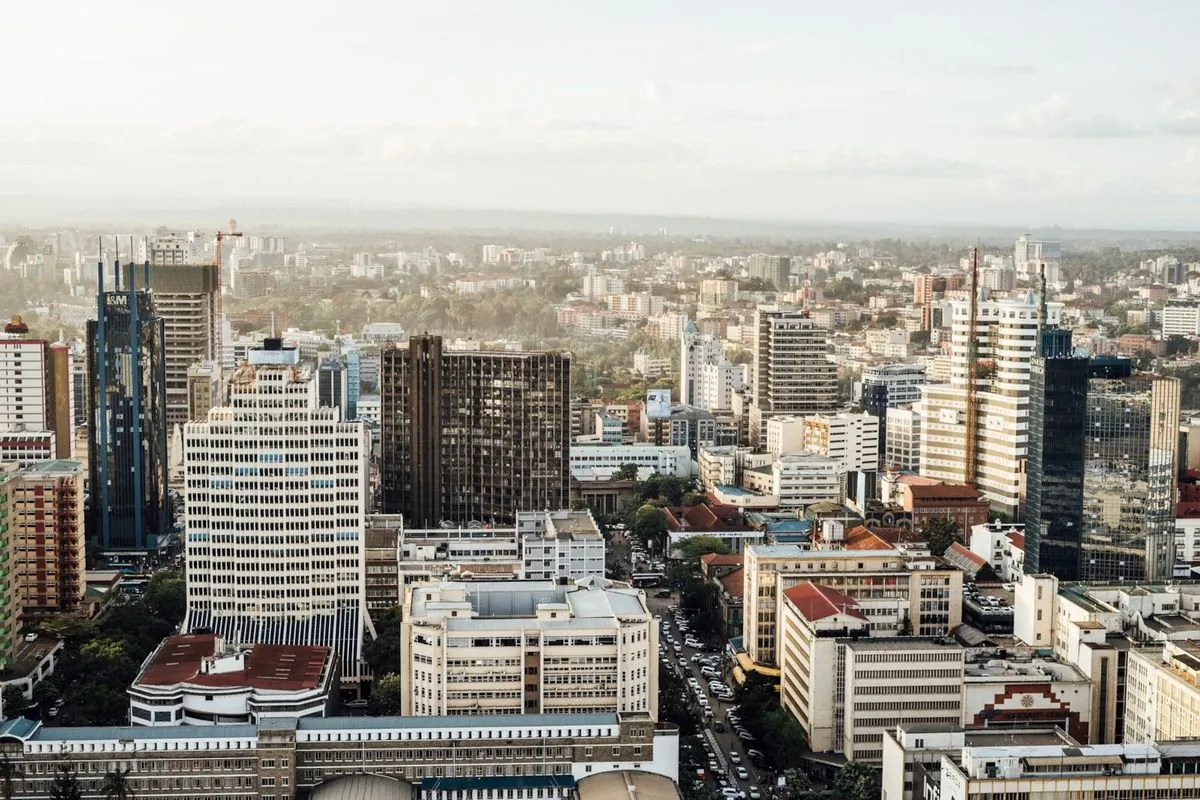Kenya's economic landscape has shown signs of improvement as the country's inflation rate declined in September 2024. The Kenya National Bureau of Statistics reported a year-on-year inflation rate of 3.6%, a notable decrease from the 4.4% recorded in August. This shift in inflation dynamics comes as the nation, known for its diverse economy and rich cultural heritage, continues to navigate complex economic challenges.
The East African nation, which gained independence in 1963, has been implementing various economic strategies to maintain stability. Kenya's government has set a medium-term inflation target range of 2.5% to 7.5%, aiming to balance economic growth with price stability. The recent inflation figures fall comfortably within this range, potentially influencing future monetary policy decisions.
On a month-to-month basis, inflation saw a slight increase of 0.2% in September, compared to 0.0% in August. This marginal rise suggests a delicate balance in consumer prices across various sectors of the economy.
The Kenyan economy, the largest in East Africa, relies heavily on agriculture, which contributes about 33% of the country's GDP. Known for its tea and coffee exports, Kenya has been working to diversify its economic base. The country's efforts include developing its technology sector, often referred to as "Silicon Savannah," and investing in renewable energy, particularly geothermal power.
As Kenya approaches its next central bank interest rate decision on October 8, 2024, financial analysts are closely monitoring economic indicators. The central bank's previous action in August 2024 saw a 25 basis point cut in the benchmark lending rate. This decision was based on the assessment that there was room for gradual policy easing, given that inflation had fallen below the midpoint of the target range.
Kenya's economic landscape is complex, with a young population (median age of about 20 years) and a diverse ethnic composition of over 40 different groups. The country has been implementing Vision 2030, a long-term development plan aimed at transforming Kenya into a middle-income country.
While facing challenges such as corruption and political instability, Kenya has made significant strides in various sectors. The country's stock exchange, the Nairobi Securities Exchange, is one of the largest in Africa, reflecting the growing financial sector. Additionally, Kenya serves as a major hub for international organizations in Africa, contributing to its economic significance in the region.
As part of the East African Community (EAC), Kenya plays a crucial role in regional economic integration. The country's efforts to diversify its economy beyond traditional sectors and its growing technology industry are seen as positive steps towards sustainable economic growth.
The upcoming central bank decision will be closely watched by both domestic and international observers, as it may provide insights into Kenya's economic trajectory in the face of global economic uncertainties.
"There was scope to ease policy gradually as inflation had fallen below the midpoint of its target range."
This statement from August 2024 reflects the central bank's cautious approach to monetary policy, balancing the need for economic stimulus with inflation control.
As Kenya continues to navigate its economic path, the country's diverse natural resources, including its famous national parks and wildlife, remain a significant contributor to the tourism sector. This sector, along with agriculture, technology, and financial services, forms the backbone of Kenya's economy as it strives for sustainable growth and development.
